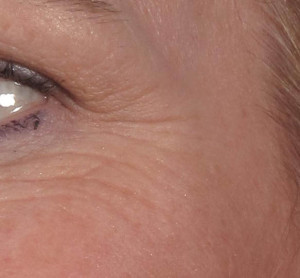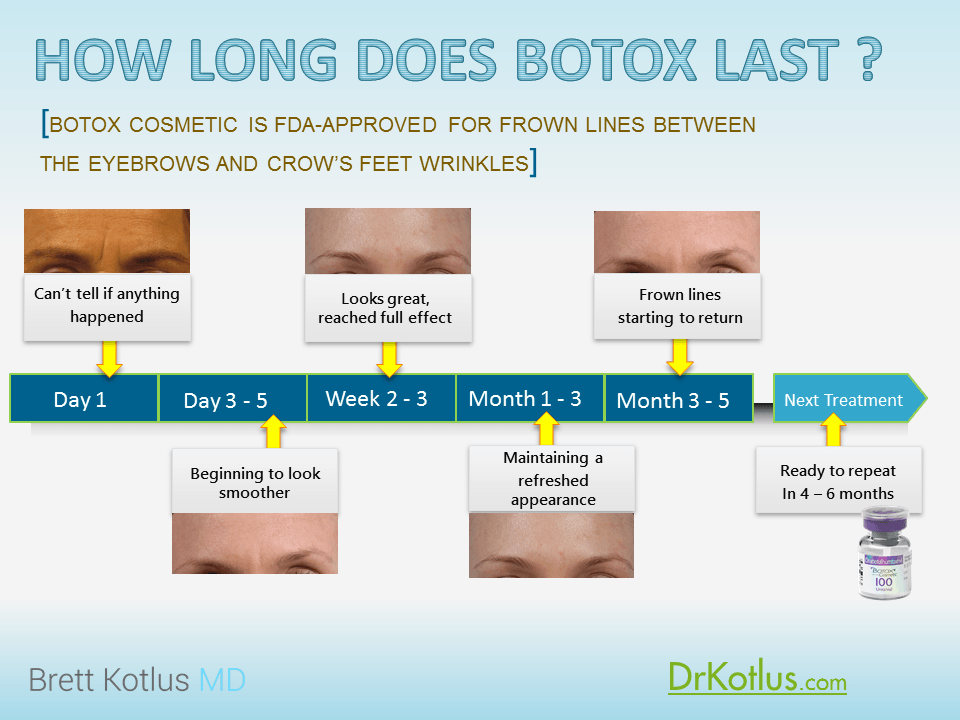How to get rid of crow’s feet
Crow’s feet arise from repeated expression
“Crow’s feet” are the creases that radiate outward from the outer corners of your eyes when you smile or squint. They begin to show up for most people in the mid 30’s to early 40’s. They are thought to convey sincerity when you smile (see this video about the SQUINCH by photographer Peter Hurley). The crow’s lines can make you look more photogenic, but if you have too many or they are too deep, they make you look older.

“Crow’s Feet”
How do I get rid of them?
STEP 1 – PREVENTION
Use a broad-spectrum sunscreen of at least SPF 30 and preferably a mechanical blocking agent like zinc oxide. Even while you are driving, your face is exposed to damaging UV radiation that causes aging signs and wrinkles. Other ways to prevent these lines from forming or worsening, use scientifically-proven topical creams like a prescription-strength retinol and a vitamin C (L-ascorbic acid). I don’t recommend that you stop smiling in order to prevent smile lines. You may look younger, but you will lead a less happy life!
STEP 2 – TARGETED MUSCLE RELAXATION
Botulinum toxin type A (Botox, Dysport, Xeomin) are liquid protein injections that selectively relax the muscles that create the crow’s lines. An expert injector can do wonders by placing small amounts of Botox in just the right places. Botox done well looks natural and gives your eyes a younger glow.
STEP 3 – SKIN RESURFACING
Lasers (fractional CO2 and erbium) and chemical peels (glycolic, TCA, phenol) will remove the outer skin layers leaving space for newer, smoother skin to take over. In the case of crow’s feet, if you continue to crease with repeated expressions, the lines will eventually return. A combination of resurfacing with Botox as maintenance will provide the longest-lasting results.
What about fillers like Juvederm or Restylane?
Fillers have a limited role in treating crow’s lines but can be helpful in smoothing very deep, fixed creases. Dermal fillers can also stiffen and plump the skin to limit the amount of folding and creasing that occurs when you squint.
What about eye lift surgery?
A lower or upper eyelid lift may somewhat reduce crow’s feet but is not a good choice if your primary target is expression lines. Surgery is better for heavy upper eyelid skin or lower eyelid bags.

